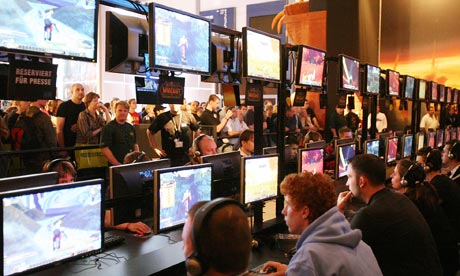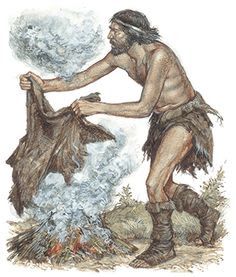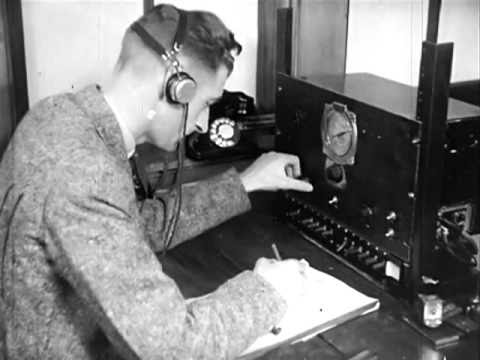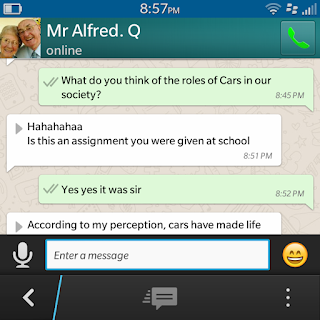Japanese influence of Western design.
What is Japonisme?
This is a French word used in 18th century that meant the influence of Japanese art, fashion and aesthetics on Western culture. In other wards, it is the influence of Japanese influence on European art.(source)
In the mid-1800s, the Japanese started trade with Europe. So this led to many Japanese imports that were sent there and these were woodcut prints especially. A shop by the names of "The Chinese Gate" opened in Paris and it sold Japanese prints that were made from Japanese woodblocks. These blocks appealed greatly in the 19th century and made many French artists and collectors to go Japan. This caused many French magazines and newspapers to write about Japanese prints from the Edo era. This caused many painters to include Japanese prints in their work.(source)
To what extent does Japanese design continue to influence contemporary Western design in the form of anime, manga, otaku, and kawaii culture.
Anime
Anime is a style of Japanese film and television animation, typically aimed at adults as well as children.(source)
In other wards, it is a Japanese animation.
Examples
Collection of some of anime characters.
Collection of come of the anime characters.
Ikki the anime cartoon.
Japanese design of anime has influenced the contemporary western design to a large extent.
These days, Anime is a common way to tell stories in an animated form. Anime was successful in other countries when series like Astro boy, Slam Dunk and Dragonball aired onto televisions. This has caused some westerners to gain interest in Japanese culture and anime also learning the language.
Astro boy
Slam dunk
Dragonball anime
Cosplay is means "Costume play"; this when fans dress up like their favourite characters from anime series. This has also caused the western culture to also dress up like their favourite characters from comic books and cartoon series like Spiderman, Batman and many more.
Women dressed up in their favourite anime characters.
Fans dressed up in their favourite characters' attire.
The style makes anime generally unique is that most of their characters have big eyes and unique hairstyles which has influenced western world using the same style for example "Avatar: The Last Airbender" as seen below.
Japanese anime has also influenced some people to reach an extent of going for facial surgeries just to look like anime characters. For example Anastasiya Shpagina, 19, from Ukraine turned her love for Japanese anime into real life character as seen below.
Manga
A style of Japanese comic books and graphic novels, typically aimed at adults as well as children (source)These are books with drawings and speech bubbles illustrating a story.
Examples
Japanese design of manga has influenced the contemporary western design to a large extent.
Manga books have appeared in translation in many languages in different countries which has given them a big boost to influence their culture and style in the western culture. In 2011, 40% comic books published in France, 70% sold in Germany.(source)
Today these have influenced many American comic books for example Teen Titans whereby the characters design suddenly transforms into the chibi state for a comedic effect.(source) Examples
You can see the third frame of the first image and the first frame of the second image the use of chibi state for comedic effects.
Manga has also influenced the western culture on the use of big cute eyes for example in the image below.
Today you find that many comic books around the world use this style for making the eyes big and cute as seen below.
As seen above, you can see that the eyes of these cartoons are big which have been influenced by the Japanese style.
Otaku
Otaku is a Japanese word that defines a person who is obsessively interested in anime, cosplay, manga collectibles and so many more.(source)
The above image shows you the different types of Otaku in their different categories.
Two major studies were made by the Nomura Research Institute (NRI) and the 2005 study defined twelve fields that were major in otaku interests.
The results were:
Manga otaku - 350,000 individuals and ¥83 billion market scale.
Idol otaku - 280,000 individuals and ¥61 billion.
Travel otaku - 250,000 individuals and ¥81 billion.
PC otaku - 190,000 individuals and ¥36 billion.
Video game otaku - 160,000 individuals and ¥21 billion.
Automobile otaku - 140,000 individuals and ¥54 billion.
And so many more. (source)
So otaku is like a connotation word for obsessed anime fans beyond Japan who have gained interest in Japanese designs.(source)
Examples of otaku
Manga otaku
Game otaku
Cosplay otaku
These have influenced many western culture in a way that people are seen dressed in like Japenese manga characters, some have even reached an extent of learning the Japenese language through playing video games and watching anime.
Kawaii
(In the context of Japanese popular culture) cute.(source)
Kawaii is an international culture which has a cross cultural appeal because it is connected to universal images of children and baby animals.(source)
So kawaii is a Japanese popular culture on the way they dress, look, behave and so much more.
Examples
"Kawaii products are seemingly gaining more popularity beyond the borders of Japan into other Asian markets, and it's seemingly becoming more popular in the US, especially among the young anime and manga fans as well as among those who are influenced by Japanese culture. Cute merchandise and products are especially popular in some other parts of East Asia, such as China, Hong Kong, South Korea,Taiwan, and Southeast Asian countries." (source)
The Despicable me minions are cute and been influenced by kawaii culture.
Illustration drawing by an American illustrator Robert De Jesus.
This image shows the influence of Japanese kawaii culture whereby the illustrated figure does not resemble the real image but there is an additon cuteness in it.
Toys
As you have witnessed, Japanese culture has had a big influence on the western world up to today because they have managed to promote it through different ways and it has been a success.

























































